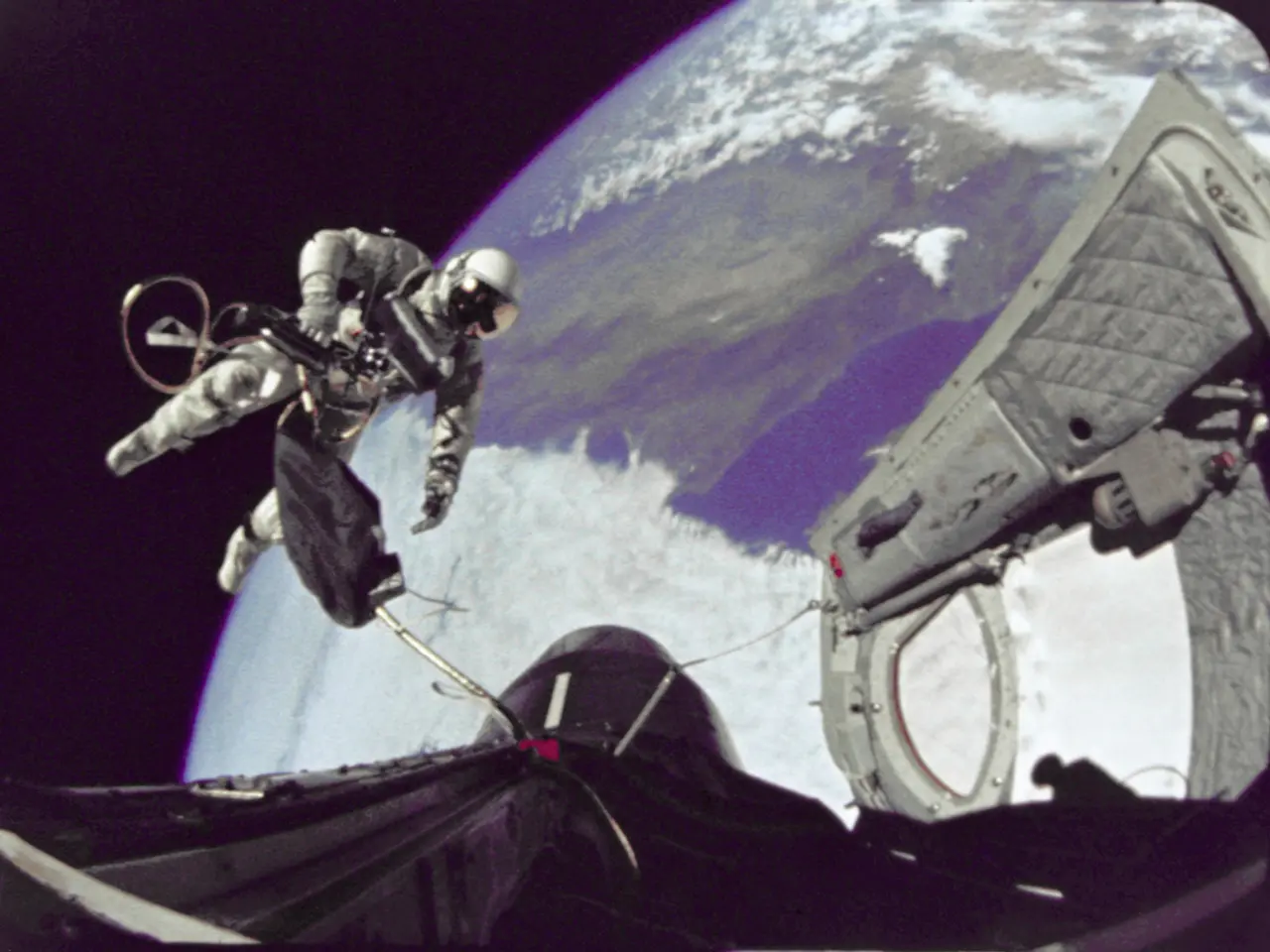Historic voyage to the International Space Station marks a milestone for India's space program, setting the stage for the planned Gaganyaan mission in 2027
India's Space Journey: A Leap Towards Human Spaceflight
India's space programme is gearing up for an exciting new chapter, with plans to enter the elite group of countries with independent human spaceflight capability. The focus is on the Gaganyaan mission, a groundbreaking initiative aimed at sending Indian astronauts into space.
The journey towards Gaganyaan began at a symposium in Bengaluru, where discussions centered around astrobiology, biosignatures, and extremophiles for a dedicated space-life sciences program. This mission is expected to serve as a foundation for future Indian human space exploration.
ISRO took a significant step forward in January with the successful launch of its 100th mission, the NVS-02. This mission strengthened India's regional navigation system and advanced national positioning capabilities.
The India Space Congress 2025, held in New Delhi in late June, attracted global investors and representatives from 40 nations. Discussions emphasized Earth observation, defense applications, and building a global footprint through the India-Middle East-Europe Economic Corridor (IMEC).
However, a setback came in May with the EOS-09 (RISAT-1B) radar satellite mission experiencing a third-stage failure. Despite this, progress has continued, with the launch of the NISAR dual-frequency radar satellite in collaboration with NASA in late July.
The first major milestone in the Gaganyaan mission timeline is the scheduled uncrewed test flight in December 2025. This flight will feature the humanoid robot Vyommitra onboard and validate critical systems including the crew module, life support, and the human-rated launch vehicle (HLVM3).
Following successful uncrewed tests, preparations including astronaut training, further system refinements, and recovery simulations will continue throughout 2026. The first crewed Gaganyaan mission is planned for early 2027, aiming to send a crew of three Indian astronauts to a Low Earth Orbit about 400 km altitude for a three-day mission.
Key supporting milestones include the development of a crew escape system, nearly ready to ensure astronaut safety in an emergency. Four Indian Air Force pilots have completed training in Russia and ongoing simulations in India, benefiting also from India's astronaut collaboration with the International Space Station via Axiom Space.
The Gaganyaan roadmap includes three uncrewed flights leading up to the first crewed mission by early 2027. ISRO's roadmap through 2028 includes major projects like Gaganyaan, NISAR, next-generation planetary missions such as Shukrayaan and Mangalyaan-2, Chandrayaan-4 and 5, and eventually a 20-tonne space station in low-Earth orbit by the early 2030s.
The private sector is playing a significant role in India's space economy, which is growing under new liberal policies and IN-SPACe regulations. Nearly 20 companies have shown interest in SSLV production, indicating India's growth to a 2 percent share of the global space market.
ISRO's planned launch sequence starts with the uncrewed test flight in late 2025, followed by the crewed orbital mission targeted for early 2027, marking India’s entry into the global elite group with independent human spaceflight capability. Shukla's mission underscored the strategic value of international collaboration and private-sector participation in astronaut training.
The integration of science and technology is essential for the Gaganyaan mission, as these fields are crucial for developing the human-rated launch vehicle and life support systems.
The success of India's space programme extends beyond human spaceflight, with finance playing a vital role in promoting collaborative initiatives with global partners like NASA, as seen in the NISAR dual-frequency radar satellite project.




